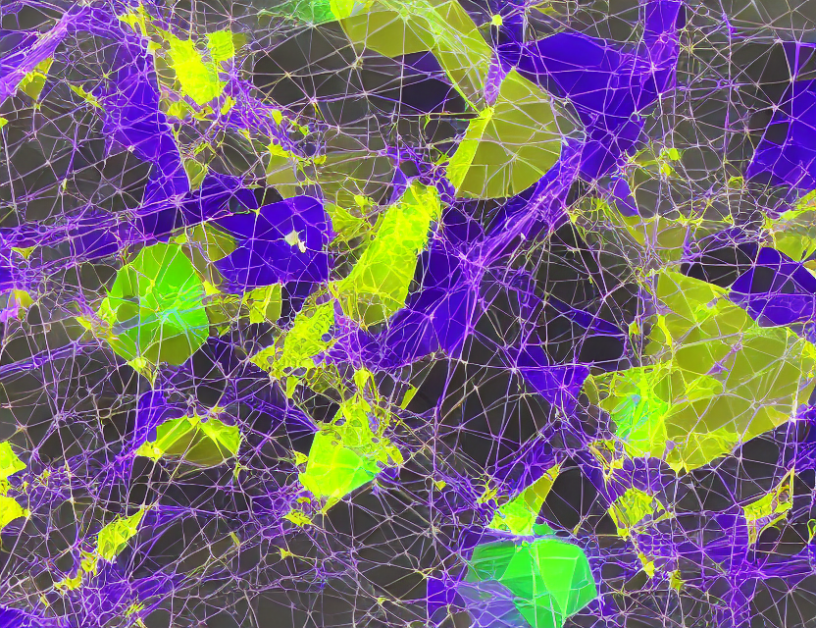This article discusses the use of mind maps for text summarization, which is a technique that represents text as a hierarchical graph to facilitate comprehension and generation of concise summaries. The article reviews related work on mind maps and their application in text summarization, including the use of intra-sentence cosine similarity and bipartite graphs for sentence and entity nodes. The authors highlight the challenges of generating meaningful mind maps from graph representations, particularly when sentences with semantic relations have zero lexical similarity. They also discuss recent approaches that utilize heterogeneous graphs to capture relationships between words and sentences.
The article provides an overview of mind map generation software models, including text mining algorithms, and highlights the importance of higher-order coreference resolution in improving summary quality. The authors note that while automated summarization techniques have made progress in recent years, there is still a need for more research on the use of mind maps in text summarization.
Key Points
- Mind maps are a visual representation of text that can help with comprehension and summary generation.
- Intra-sentence cosine similarity is a common approach to computing an adjacency matrix for sentence representation, but it can lead to difficulties when sentences with semantic relations have zero lexical similarity.
- Bipartite graphs for sentence and entity nodes are another technique used in text summarization studies.
- Heterogeneous graphs can capture relationships between words and sentences more effectively than traditional graph techniques.
- Mind map generation software models, including text mining algorithms, have been developed to improve summary quality.
- Higher-order coreference resolution is essential for improving summary quality beyond basic sentence similarity.
In conclusion, the article provides a comprehensive overview of mind maps and their application in text summarization, highlighting the challenges and opportunities in this area of research. The authors emphasize the need for more research on the use of mind maps in text summarization, particularly in capturing relationships between words and sentences, to improve summary quality.



